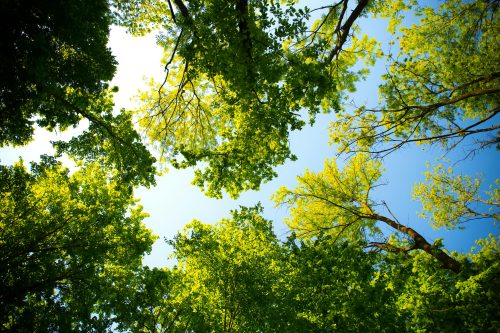 https://www.wilsontreesurgery.com/wp-content/uploads/2024/09/20230807_162313-500x375.jpg
https://www.wilsontreesurgery.com/wp-content/uploads/2024/09/20230807_162313-500x375.jpg
Machinery used in utility arboriculture
Read more
by Wilson Tree Surgery |
As winter approaches, the air gets crisper, the ground becomes blanketed in snow, and nature, too, makes its own adjustments to endure the frigid temperatures. Trees have their own fascinating ways of adapting to this season to not only survive but thrive during the winter months.
Dormancy
The most remarkable aspect of a tree’s winter experience is its ability to go dormant. Dormancy is a state of reduced metabolic activity, almost like a deep sleep. Trees enter this state to conserve energy and protect themselves from the harsh conditions. As temperatures drop and daylight decreases, trees recognise the change and start preparing.
Shedding Leaves
Deciduous trees are well-known for their vibrant fall foliage, but as winter approaches, they shed their leaves. This process, known as abscission, allows the tree to conserve water and energy. Bare branches may appear lifeless, but beneath the surface, vital processes are still happening.
Cold-Resistant Bark
A tree’s bark serves as a protective layer, shielding it from environmental stressors. During winter, the tree’s bark thickens to resist cold and frost. This extra insulation helps prevent the freezing of vital cells beneath the surface.
Hydration Strategy
Water is crucial for trees, and it becomes scarce during the winter due to frozen soil. To counter this, many trees reduce their water intake and even release excess water through tiny pores in their leaves. This helps avoid dehydration and prevents damage from freezing temperatures.
Deep Root Growth
In preparation for winter, some trees invest in growing deeper roots. This allows them to access water reserves buried beneath the frost line, ensuring a continuous supply of moisture.
Photosynthesis and Respiration
Although photosynthesis significantly slows during winter, it doesn’t entirely cease. Trees still perform a minimal level of photosynthesis on sunny winter days, using the stored energy they’ve conserved. This small amount of photosynthesis is enough to support basic metabolic processes and ensure the tree’s survival.
Wildlife Sanctuary
Winter isn’t just a challenging season for trees; it’s a challenging season for wildlife, too. Trees provide refuge and sustenance for various animals, from birds that nest in their branches to insects that hibernate in their bark. This unique relationship between trees and wildlife showcases the interconnectedness of nature.
 https://www.wilsontreesurgery.com/wp-content/uploads/2024/09/20230807_162313-500x375.jpg
https://www.wilsontreesurgery.com/wp-content/uploads/2024/09/20230807_162313-500x375.jpg
Read more
 https://www.wilsontreesurgery.com/wp-content/uploads/2024/09/AdobeStock_475873508-500x333.jpeg
https://www.wilsontreesurgery.com/wp-content/uploads/2024/09/AdobeStock_475873508-500x333.jpeg
Read more
 https://www.wilsontreesurgery.com/wp-content/uploads/2024/09/pexels-valiphotos-589802-500x333.jpg
https://www.wilsontreesurgery.com/wp-content/uploads/2024/09/pexels-valiphotos-589802-500x333.jpg
Read more